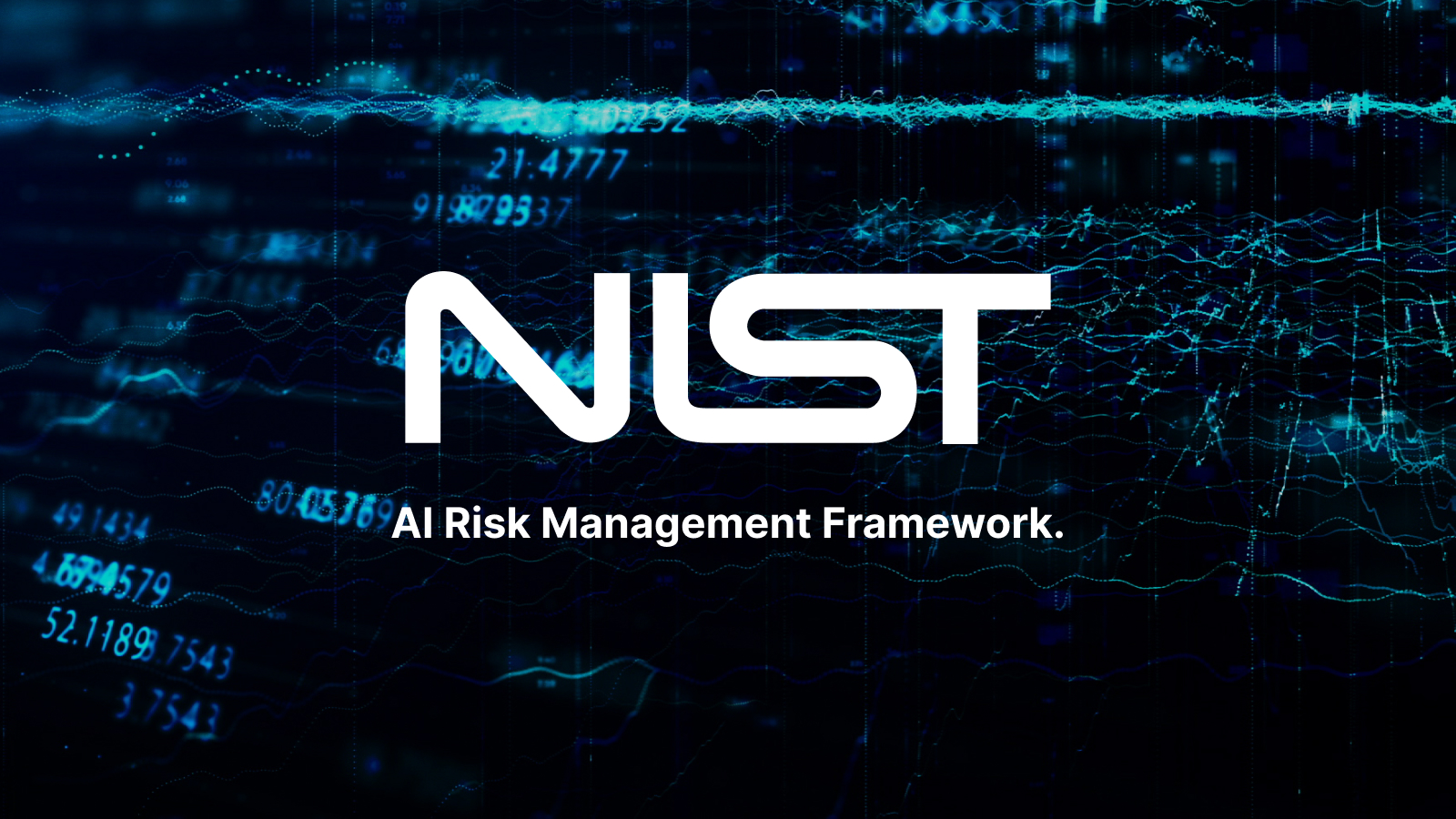A new era of finance
Can you imagine your life without the ability to perform banking transactions from your phone? Today, financial apps are an essential part of our routine. But what goes on behind these apps? How do we ensure they are secure and reliable?
Over the past few years, with the catalyst of the pandemic, we’ve seen a dramatic acceleration in the adoption of digital financial services, placing unprecedented demands on fintech applications. This rapid evolution has placed unprecedented demands on fintech applications, making rigorous quality assurance more vital than ever. As these apps became central to people’s lives, robust testing methodologies emerged as the backbone of secure, high-performing, and user-friendly fintech products.
Thanks to technology, we can now perform almost any financial transaction from our smartphones. But have you ever wondered how companies ensure these apps work correctly and protect your money and personal data? This article explores the world of fintech testing and explains why it’s so important.
Contactless payments take center stage
Contactless payments, such as mobile wallets and QR code scanning, have experienced rapid growth. Particularly a couple of years ago during the pandemic, as concerns over physical contact grew, consumers rapidly embraced these cashless payment methods. Mobile wallets, in particular, have become a versatile tool for making payments, transferring money, and even investing.
QR code payments, on the other hand, have streamlined the checkout process in various retail settings, from grocery stores to high-end boutiques.
The democratization of investing
Digital investment platforms are already widely used. User-friendly investment apps, with lower fees and minimal account minimums, have democratized investing, making it accessible to a wider audience. This surge in popularity brought new challenges to testing:
- Complex calculations: Ensuring accuracy in calculations, from trade execution to profit and loss statements.
- Robust security: Protecting sensitive financial information from cyber threats.
- High-performance systems: Maintaining responsiveness, especially during market volatility.
- Intuitive user interfaces: Designing user experiences that are easy to navigate, even for novice investors.
Key testing areas to cover when testing investment apps
- Functional testing: Verify core functionalities like account creation, fund transfers, and order execution.
- Performance testing: Assess system performance under heavy load, simulating market spikes.
- Security testing: Identify vulnerabilities and protect against potential attacks.
- Usability testing: Gather user feedback to improve the app’s interface and user experience.
The contactless revolution
Contactless payments, including mobile wallets and QR code scanning, have gained significant traction. This shift has introduced new testing challenges:
- Enhanced security: Protecting sensitive payment information from fraudsters.
- Seamless integration: Ensuring compatibility with various payment systems and devices.
- Reliable performance: Guaranteeing fast and secure transactions, even in low-connectivity environments.
- Intuitive user experience: Designing user-friendly interfaces for a diverse range of users.
Key testing areas to cover when testing contactless payment apps
- Integration testing: Verify seamless integration with payment gateways and point-of-sale systems.
- Stress testing: Simulate high-traffic scenarios to assess the app’s performance under load.
- Usability testing: Evaluate the app’s ease of use for different user segments.
- Security testing: Identify potential vulnerabilities and implement security measures.
As digital finance continues to evolve, rigorous testing will remain crucial to ensure the reliability, security, and user experience of these applications. By addressing these challenges and following best practices, QA teams can help shape the future of fintech.
Quality assurance: Ensuring trust in fintech
Facing a growing number of discerning users and a competitive market, a fintech app must stand out. Therefore, quality assurance is essential, with a strong emphasis on UX to differentiate it and provide a superior user experience.
The fintech user experience
Elements such as intuitive navigation, clear call-to-actions, and visually appealing design are essential for a positive user experience (see here Qubika’s white paper on the best UX/UI practices to create differentiation in fintech). When users are confident in the app’s interface, they are more likely to trust it with their financial information and continue using it.
By conducting thorough usability tests, we can identify and address any pain points or friction in the user journey. This allows us to optimize features, streamline processes, and ultimately enhance user satisfaction.
Accessibility
Accessibility in fintech is more than just a compliance issue; it’s a strategic imperative. Fintech companies must ensure their platforms are usable by individuals with disabilities, such as those with visual, auditory, or motor impairments. This requires a commitment to inclusive design principles, including providing alternative text for images, keyboard navigation, and sufficient color contrast.
While many fintechs have made strides in accessibility, challenges remain, such as the complexity of financial products and the need for ongoing accessibility audits. By prioritizing accessibility, fintechs can not only comply with regulations but also tap into a vast and underserved market, fostering greater financial inclusion.
Performance
Users expect financial apps to be incredibly responsive, especially when it comes to transactions. Performance testing is crucial to ensure that these apps can handle high loads and deliver results swiftly. A slow or lagging app can lead to frustration and a loss of trust, especially when dealing with sensitive financial data. Additionally, a well-optimized app can enhance the user experience by reducing load times and improving overall responsiveness.
Security
By placing their trust in these platforms, users expect the highest level of security. Rigorous security testing is essential to ensure that their funds are protected from cyber threats. Every undetected vulnerability poses a potential risk to users’ money, compromising trust in the app and the financial institution behind it.
Domain knowledge
Understanding local regulations is critical for fintech success. Given that many fintech companies operate across borders, knowledge of the laws and regulatory requirements in the regions they serve is indispensable. Key considerations include: Adapting to varying compliance standards; understand legal terms and frameworks; ensure consistent adherence to financial regulations.
Choose the correct tool for your quality assurance team
Investing in the right tools can make all the difference in your team’s efficiency. Managing releases, tracking milestones, and monitoring automated test results can become complex, especially for large teams. The right tools streamline these processes, enhance collaboration, and ensure better oversight.
Here’s a list of management tools designed to help you optimize your QA processes and strategies to achieve your goals:
- Xray. Xray is a comprehensive test management tool that integrates seamlessly with Jira. It allows you to create, organize, and execute tests, as well as track defects and generate reports.
- Testmo. Testmo is a cloud-based test management platform designed to streamline your testing process. It offers features such as test case creation, test execution, defect tracking, and reporting.
- TestRail. TestRail is another popular test management tool that helps teams manage their testing efforts. It provides features for test case management, test execution, and reporting.
- BrowserStack. BrowserStack is a cloud-based platform for testing web applications across various browsers, operating systems, and devices. It allows you to perform both manual and automated testing.
Helpful resources for testing environments
When working in a testing environment, you’ll need tools and resources to simulate real-world scenarios, such as processing transactions, adding debit and credit cards, and replicating error states like fraudulent or declined transactions. Accessing reliable test data can sometimes be a challenge, but fortunately, several platforms offer free tools to help you conduct comprehensive tests.
Recommended testing resources
Stripe
Stripe is a widely used online payment platform that simplifies secure credit card payments. One of its standout features is its comprehensive suite of test cards, designed for simulating various transaction scenarios.
- Documentation and test cards: Stripe Testing Guide
Payzen
Payzen provides an extensive collection of test cards to help developers simulate different payment scenarios.
- Test card documentation: Payzen Test Cards
PayPal
PayPal offers tools for both card testing and test transactions to simulate real-world payment scenarios in a sandbox environment.
- Card testing: PayPal Card Testing
- Test transactions: PayPal Test Transactions Guide
Adyen
Adyen is a global payment processing platform offering a wide range of test card numbers to simulate different scenarios.
- Test card numbers: Adyen Test Card Numbers
Very Good Security (VGS)
VGS provides advanced testing tools, including test data for credit and debit cards, as well as Social Security Numbers (SSNs) for U.S.-based simulations.
- Test data: VGS Testing Resources
By leveraging these resources, you can ensure your testing environment replicates real-world conditions, enabling your team to deliver reliable and secure solutions.
Closer to the reality
When testing financial apps, we need to ensure that we use the most common devices and operating systems used by our users. This prevents wasting resources on testing scenarios that don’t reflect real-world usage.
Analyzing your potential clients or users and creating a list of the most commonly used devices or operating systems will help you identify and prioritize reported issues.
Choose real devices for your testing. Real devices offer a more accurate representation of the user experience compared to simulators. While simulators provide a controlled environment for testing, they often lack the nuances and hardware variations present in real-world devices.
By testing on real devices, developers can identify performance issues, compatibility problems, and hardware-specific bugs that may be overlooked in simulated environments. Additionally, real devices allow for testing features that rely on specific hardware components, such as scanners, cameras, and GPS, ensuring a seamless user experience across a wide range of devices.
Beyond the bugs: The tester’s role in shaping fintech products
Fintech products deal with sensitive data such as financial transactions and personal information. As a tester, you play a critical role in ensuring the security, reliability, and compliance of these systems. This requires a deep understanding of industry regulations, security best practices, and the potential risks associated with financial data breaches. You’ll be involved in rigorous security testing and compliance audits to ensure the highest level of trust and confidence in the fintech products you help develop.
The fintech landscape is constantly evolving, and learning new technologies and methodologies is essential. While technical skills are crucial, soft skills are equally important. As a tester, you’ll need to be a strong communicator, a creative problem-solver, and a collaborative team player.
Your ability to ask insightful questions, propose innovative solutions, and adapt to changing requirements will be key to your success. By fostering a mindset of continuous learning and a passion for technology, you can thrive in this dynamic industry.


























